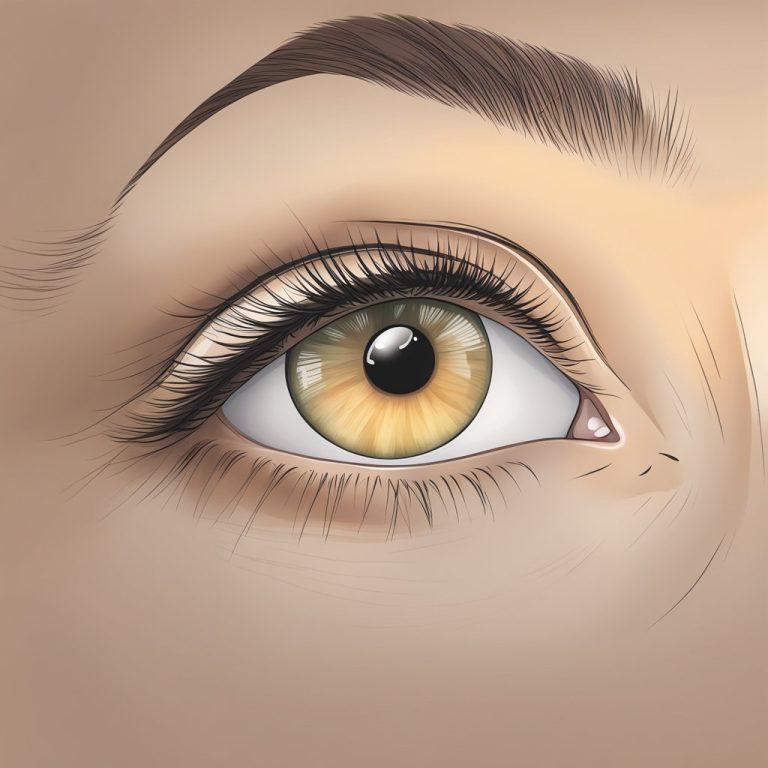Do Eye Exercises Really Improve Vision? The Science Behind Eye Exercises and Their Effectiveness
Do Eye Exercises Really Improve Vision? The Science Behind Eye Exercises and Their Effectiveness

If you’re looking to improve your vision, you may have come across eye exercises as a potential solution. Eye exercises are exercises for your eyes that are designed to improve vision, eye health, and reduce eye strain. But do they really work?
The answer is not straightforward. Some studies have suggested that eye exercises can improve certain aspects of vision, such as visual acuity and contrast sensitivity. However, other studies have found no significant improvement in vision after practicing eye exercises. Additionally, some experts argue that the benefits of eye exercises may be due to a placebo effect or other factors, such as improved eye habits.
Despite the mixed results, eye exercises remain a popular topic in the world of vision improvement. In this article, we’ll explore the science behind eye exercises and vision therapy, evaluate their effectiveness, and answer some frequently asked questions about these practices.
Key Takeaways
- Eye exercises may improve certain aspects of vision, but their effectiveness is not yet fully understood.
- Vision therapy is a more comprehensive approach to improving vision that may include eye exercises as part of a larger treatment plan.
- While eye exercises may not be a cure-all for vision problems, they can be a helpful tool for reducing eye strain and maintaining eye health.
Understanding Eye Health and Vision
To understand if eye exercises really improve vision, it’s important to have a basic understanding of eye health and the vision process.
Anatomy of the Eye and Vision Process
The eye is a complex organ that allows you to see the world around you. It consists of several parts, including the cornea, pupil, lens, retina, and optic nerve. Light enters the eye through the cornea and passes through the pupil, which adjusts to control the amount of light that enters the eye. The lens then focuses the light onto the retina, which contains cells that convert the light into electrical signals that are sent to the brain through the optic nerve. The brain then interprets these signals as images.
Common Vision Problems and Conditions
There are several common vision problems and conditions that can affect the eye. These include nearsightedness, farsightedness, astigmatism, and presbyopia. These conditions can often be corrected with glasses or contact lenses. However, there are also more serious eye diseases that can lead to vision loss, such as macular degeneration, glaucoma, and cataracts.
Role of Regular Eye Exams and Professional Care
Regular eye exams are an important part of maintaining good eye health and catching any potential problems early. An optometrist or ophthalmologist can perform a dilated eye exam to check for any signs of serious eye disease. It’s important to seek professional care if you experience any sudden changes in vision, eye pain, or other symptoms.
While eye exercises may help improve eye comfort and reduce eye strain, there is little scientific evidence to suggest that they can actually improve vision or correct underlying vision problems. It’s important to maintain good eye health through regular exams and professional care to ensure the best possible vision.
Evaluating Eye Exercises and Vision Therapy
If you’re considering eye exercises to improve your vision, it’s important to understand the different types of exercises and their purposes. Some exercises aim to strengthen the eye muscles, while others focus on improving visual skills like eye teaming and tracking.
Types of Eye Exercises and Their Purposes
One type of eye exercise is vision therapy, which is a program of exercises and activities designed to improve visual skills and treat conditions like amblyopia, convergence insufficiency, and strabismus. Another type of exercise is the Bates method, which involves techniques like palming and shifting focus to improve eye strain and relaxation.
Scientific Evidence Supporting Eye Exercises
While some people report improvements in their vision after doing eye exercises, the scientific evidence supporting their effectiveness is limited. According to a Harvard Health article, eye exercises will not eliminate the need for corrective lenses in most cases. However, there is some evidence to suggest that vision therapy can be effective in treating certain conditions like amblyopia and convergence insufficiency.
Limitations and Considerations of Eye Exercises
It’s important to keep in mind that eye exercises are not a cure-all for vision problems. They may be helpful for improving visual skills and reducing eye strain, but they are not a substitute for corrective lenses or medical treatment for conditions like nearsightedness, farsightedness, or presbyopia. Additionally, eye exercises may not be effective for everyone and should be done under the guidance of a qualified eye care professional.
When using a computer for extended periods, it’s recommended to follow the 20-20-20 rule, which involves taking a break every 20 minutes to look at something 20 feet away for 20 seconds. This can help reduce eye strain and fatigue.
In conclusion, while eye exercises may be helpful for improving certain visual skills, their effectiveness in improving vision is limited. It’s important to consult with a qualified eye care professional before starting an eye exercise program and to keep in mind that they are not a substitute for corrective lenses or medical treatment.
Frequently Asked Questions
What are effective eye exercises to reduce the need for glasses?
There are several eye exercises that can help improve your vision and reduce the need for glasses. Some of the effective eye exercises include the Bates Method, the 20-20-20 Rule, and the Eye Palming Exercise. These exercises are designed to strengthen the eye muscles, improve focus, and reduce eye strain.
Can vision clarity be improved through specific eye exercises?
Yes, vision clarity can be improved through specific eye exercises. Eye exercises can help improve the flexibility and strength of the eye muscles, which can lead to better visual acuity and clarity. However, it is important to note that not all eye exercises are effective, and some may even be harmful. It is best to consult with an eye doctor before starting any eye exercise regimen.
What methods are scientifically proven to enhance eyesight?
There are several scientifically proven methods to enhance eyesight, including eye exercises, a healthy diet, and regular eye exams. Eye exercises can help improve the flexibility and strength of the eye muscles, while a healthy diet rich in vitamins and antioxidants can help prevent age-related eye diseases. Regular eye exams can help detect and treat any vision problems early on.
Are there eye exercises that can help restore 20/20 vision naturally?
While there are no eye exercises that can guarantee the restoration of 20/20 vision, there are exercises that can help improve visual acuity and clarity. The Bates Method, for example, is a popular eye exercise that has been shown to improve vision in some people. However, it is important to note that the effectiveness of eye exercises varies from person to person, and results may not be immediate.
How can one strengthen weak eye muscles for better visual acuity?
One can strengthen weak eye muscles for better visual acuity through eye exercises such as the Eye Palming Exercise, the Eye Rotation Exercise, and the Near-Far Focus Exercise. These exercises are designed to improve the flexibility and strength of the eye muscles, which can lead to better visual acuity and clarity. It is important to consult with an eye doctor before starting any eye exercise regimen.
Is it possible to correct a lazy eye with targeted eye exercises?
Yes, it is possible to correct a lazy eye with targeted eye exercises. The most common eye exercise for lazy eye is the Patching Exercise, which involves covering the strong eye with a patch for a certain amount of time each day. This forces the weak eye to work harder and can help improve its strength and visual acuity. It is important to consult with an eye doctor before starting any eye exercise regimen.






